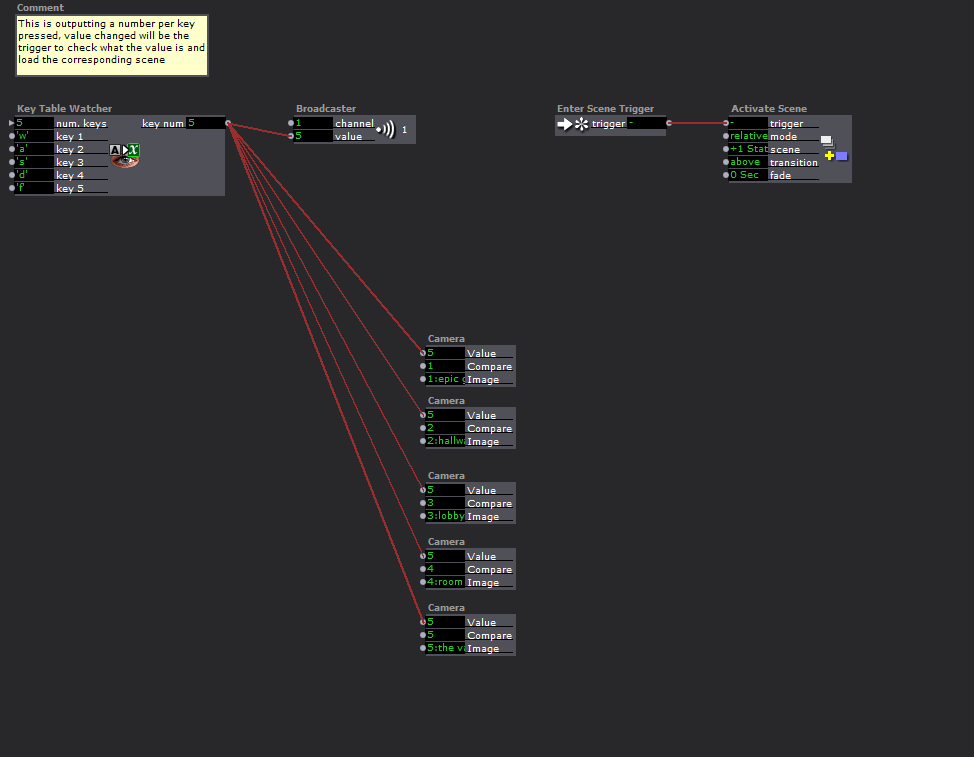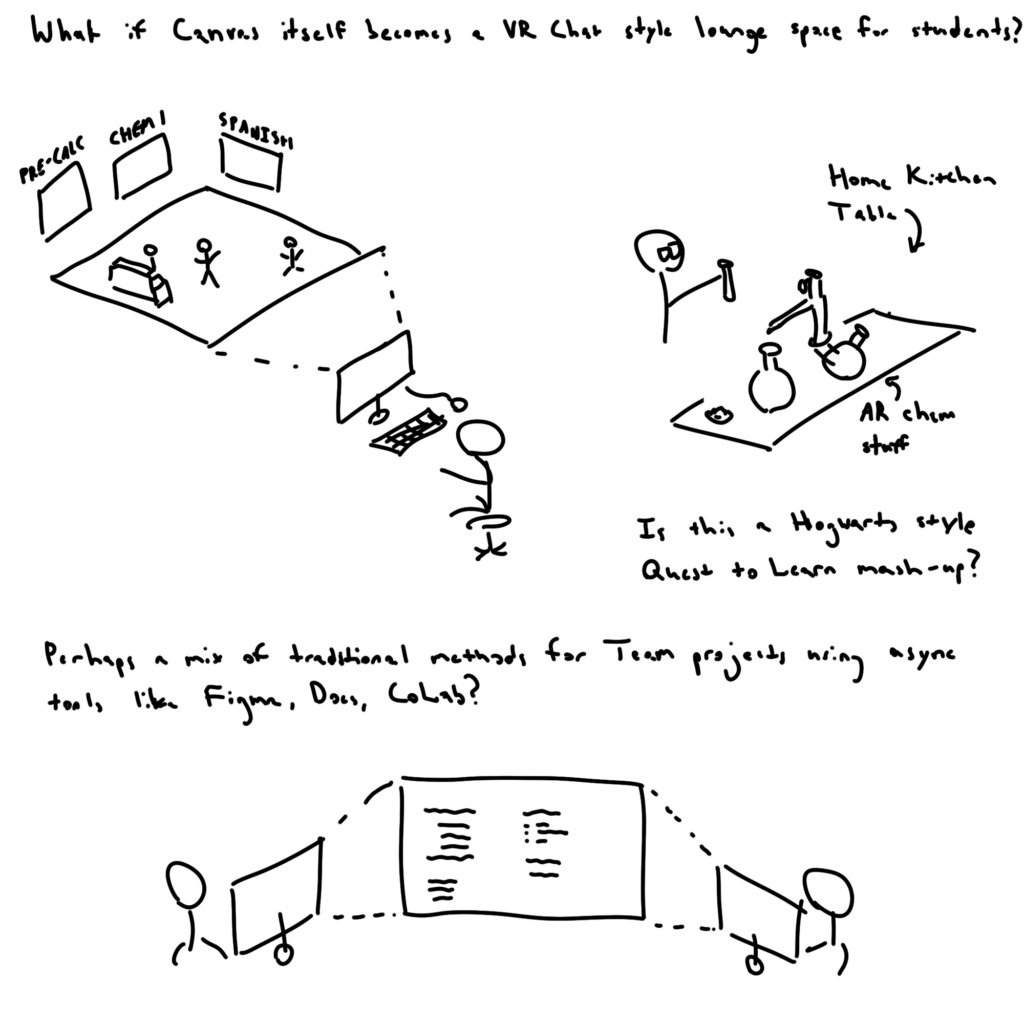Pressure Project 3 – SP35 Potions 1
Posted: May 5, 2024 Filed under: Uncategorized Leave a comment »I’m putting a bunch of documentation in here!


Images of my camera system 😀

Prototyping lol, I’m thinking of creating a custom knob?
So this project changed right in the middle. I was thinking more about the ideas I had with perspective puzzles and I really wanted to take this idea and use it for my cycles, so I tabled the idea for now. In DESIGN 6300, I had been doing more research into educational games and the concept of serious games, which are games that are used for non-entertainment purposes (examples could be games used in the classroom, training simulations for new hires, or training simulations for military personnel like pilots). I wanted steer my project in a different direction and I was thinking about a conjecture I did while looking into instructional design.

I had found a lot of research looking into the effects of the pandemic and hybrid education, and I had also found a lot of research about integrating educational tools into devices created for the Internet of Things (in general integrating educational tools with new technologies was a big theme). In that conjecture I tried to imagine what a game-based hybrid learning space could look like, thinking about how massively multiplayer online games (MMOs) represent their public virtual spaces, and how that relates to public spaces in schools that students gravitate towards. I also tried to think about how collaboration and lessons would be taught, inspired by the work I do on the IFAB VR projects, what if chemistry was taught in AR, so that students could get proper hands-on experience using things like distillery sets? The biggest problem I saw actually related to that idea, students needing hands-on experience and to be engaged, which was a downside of hybrid learning; it seems that there is something about being in the room that’s important to cultivating a learning environment.
Thinking about this, I wondered if the tactile nature of Makey-Makey controllers could be used to help with hybrid learning experiences. Building off of how Quest to Learn (Quest to Learn (q2l.org)) gamifies it’s learning and a previous project I had made that was a wizard battle game using Makey-Makey’s, I wanted to see if I could make a Harry Potter style “potions” class, where the potions are chemicals, and the end goal is some sort of chemistry lesson.
One of the first things I did was think about how I wanted to use the Makey-Makey. At first I was thinking about actually using liquids of some sort. There are a lot of simple chemistry lessons that teach about concepts like why oil and water don’t mix well together, and I was hoping that I could work these kinds of lessons into the hardware (plus water conducts electricity well, oil doesn’t, there is definitely room for some sort of electronic magic).
I started with a cup of water that could be dipped into to get electrical current, but I found that I wasn’t able to control the circuit very well when I was using liquids. I then thought about how I could potentially mimic actions that one might have to do in a “potions” class, inspired by the kinds of strange chemistry magic that NileRed does (he has a wild YouTube channel where he does wacky chemistry hijinks, here is a video where he turns vinyl gloves into grape soda: https://youtu.be/zFZ5jQ0yuNA?si=EHvenzlJcoIEZPO6). I wanted to get the physical motions of grinding up a piece of material, pouring that material into a liquid, and stirring to dissolve it and saturate a solution. To do this, I was going to make a mortar and pestle controller and a beaker controller. I didn’t have a mortar and pestle or a beaker, and I only had 10 hours (now 5 after pivoting) to do the whole project, so I had to get creative. For my mortar and pestle, I filled the inside of a wooden bowl with aluminum foil and taped some to the bottom of a Wii Remote, which looked like this:

I also ended up making this cup and checking in Isadora whether the person was “stirring” and how fast. I did this by putting two pieces of foil on either side of the of the inside of the cup. The play used a metal spoon to tap both of the pieces of foil in rapid succession, which led to a back and forth motion that is akin to stirring.

